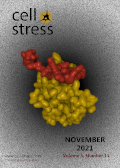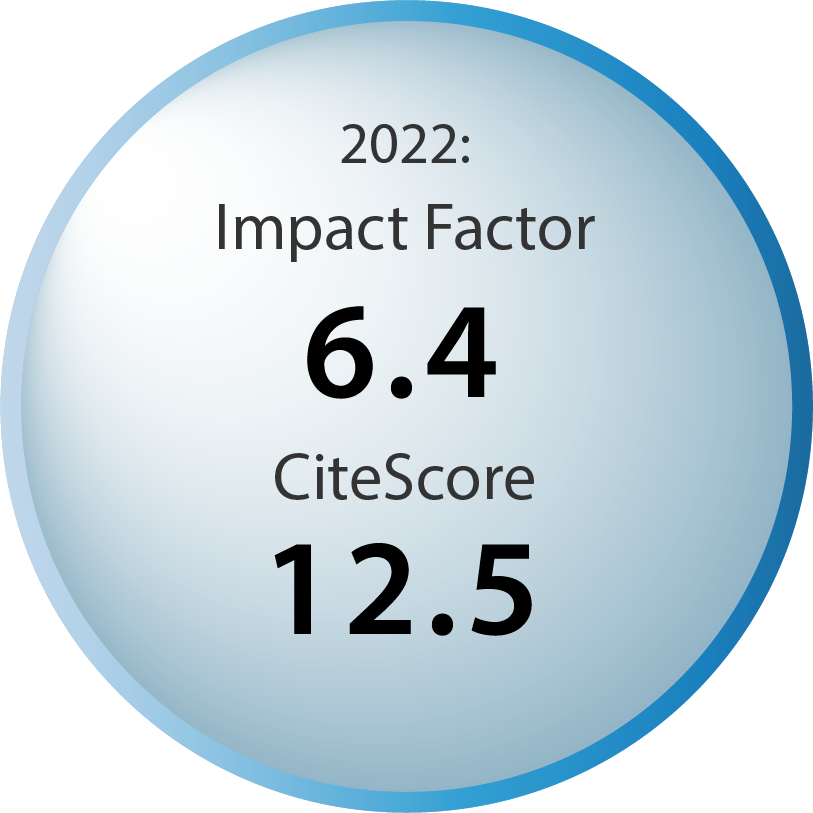Table of contents
Volume 5, Issue 11, pp. 167 - 175, November 2021
Cover: This month in
Cell Stress: Mechanisms of YAP/TAZ transcriptional control. Structure image from the RCSB PDB (rcsb.org) of PDB ID 5GN0 (Kaan, H.Y.K., Chan, S.W., Tan, S.K.J., Guo, F., Lim, C.J., Hong, W., Song, H. (2017) Crystal structure of TAZ-TEAD complex reveals a distinct interaction mode from that of YAP-TEAD complex. Sci Rep 7: 2035-2035). Image modified by
Cell Stress. The cover is published under the
CC BY 4.0 license.
Enlarge issue cover
Mechanisms of YAP/TAZ transcriptional control
Giusy Battilana, Francesca Zanconato and Stefano Piccolo
Reviews |
page 167-172 | 10.15698/cst2021.11.258 | Full text | PDF |
Abstract
Dysregulated gene expression is intrinsic to cell transformation, tumorigenesis and metastasis. Cancer-specific gene-expression profiles stem from gene regulatory networks fueled by genetic and epigenetic defects, and by abnormal signals of the tumor microenvironment. These oncogenic signals ultimately engage the transcriptional machinery on the cis -regulatory elements of a host of effector genes, through recruitment of transcription factors (TFs), co-activators and chromatin regulators. That said, whether gene -expression in cancer cells is the chaotic product of myriad regulations or rather a relatively ordered process orchestrated by few TFs (master regulators) has long remained enigmatic. Recent work on the YAP/TAZ co-activators has been instrumental to break new ground into this outstanding issue, revealing that tumor cells hijack growth programs that are active during development and regeneration through engagement of a small set of interconnected TFs and their nuclear partners.
GRASPing the unconventional secretory machinery to bridge cellular stress signaling to the extracellular proteome
Constantinos Demetriades, Julian Nüchel and Markus Plomann
Microreviews |
page 173-175 | 10.15698/cst2021.11.259 | Full text | PDF |
Abstract
Cellular adaptation to stress is a crucial homeostatic process for survival, metabolism, physiology, and disease. Cells respond to stress stimuli (e.g., nutrient starvation, growth factor deprivation, hypoxia, low energy, etc.) by changing the activity of signaling pathways, and interact with their environment by qualitatively and quantitatively modifying their intracellular, surface, and extracellular proteomes. How this delicate communication takes place is a hot topic in cell biological research, and has important implications for human disease.



